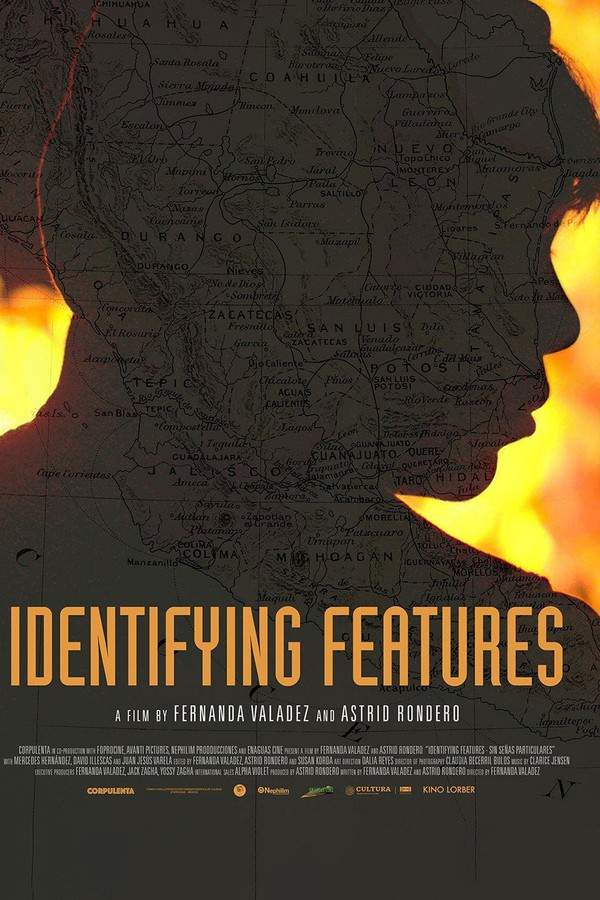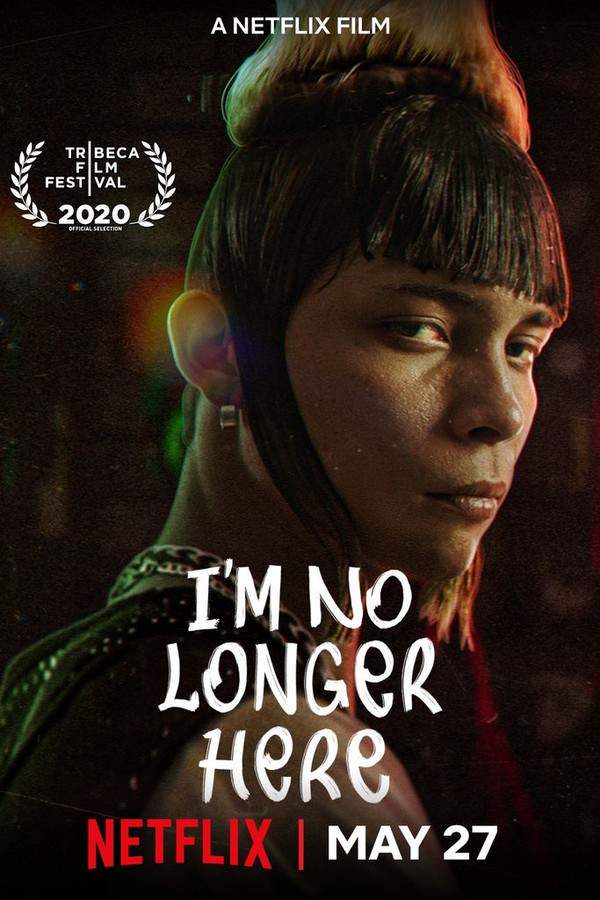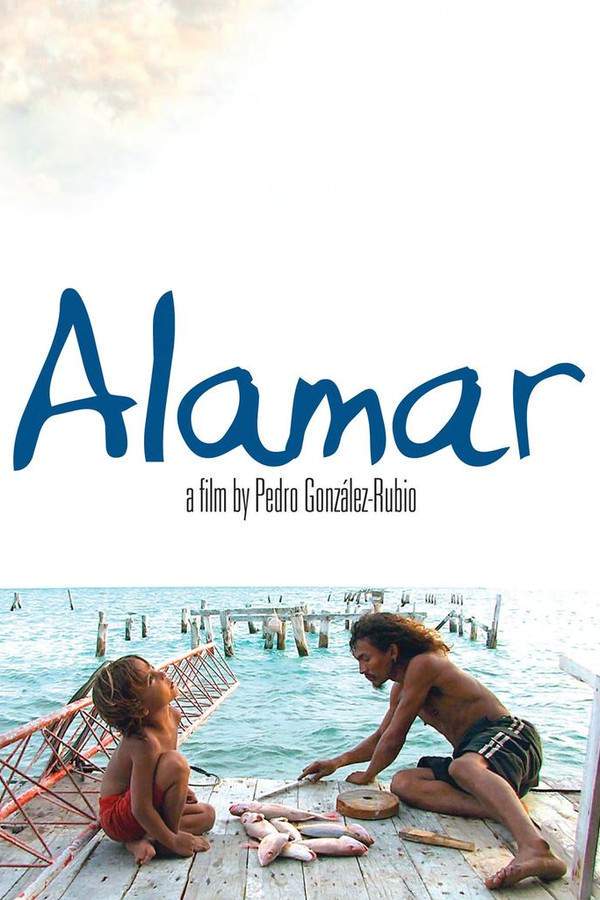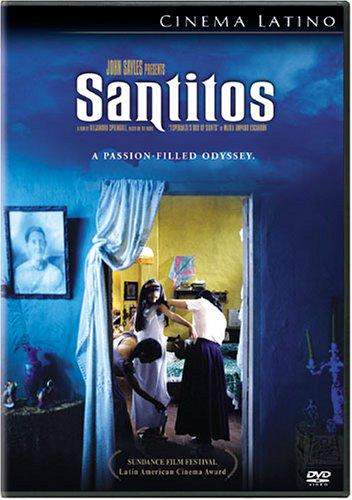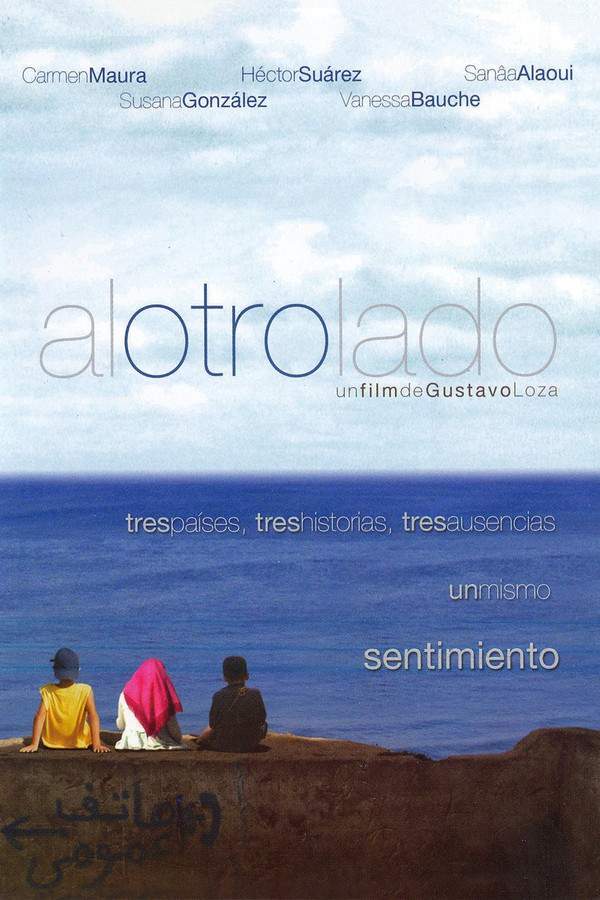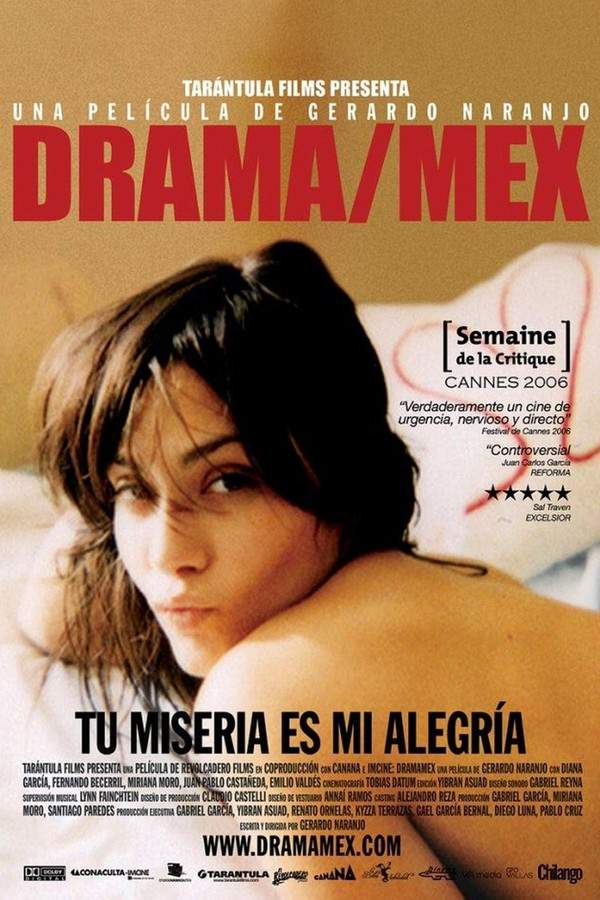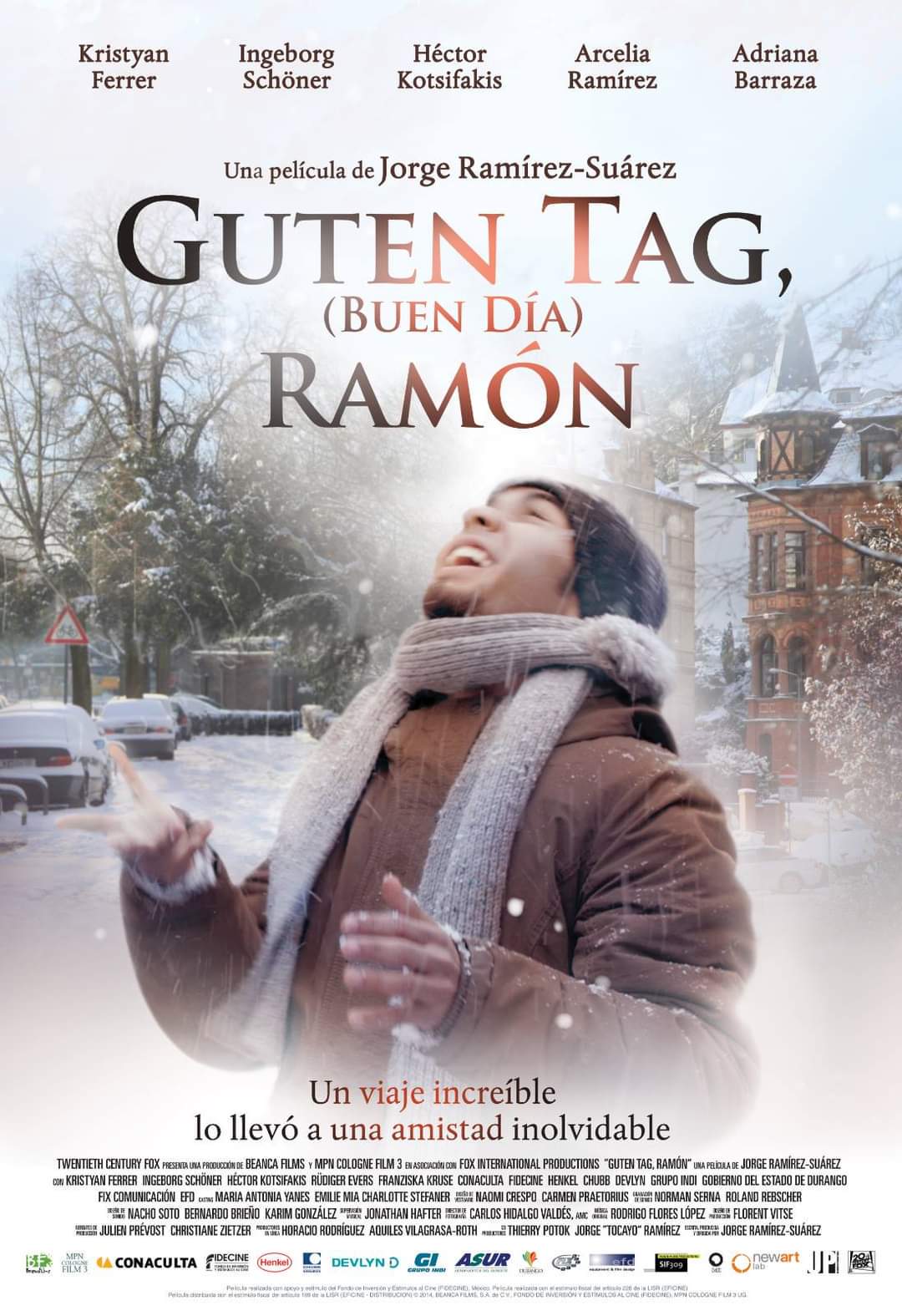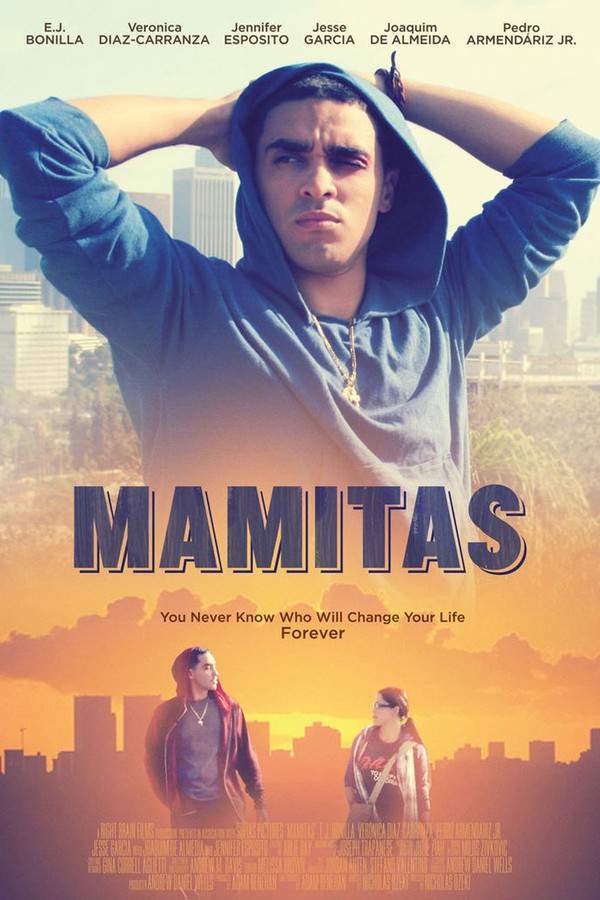Aquí y Allá (Here and There) 2012
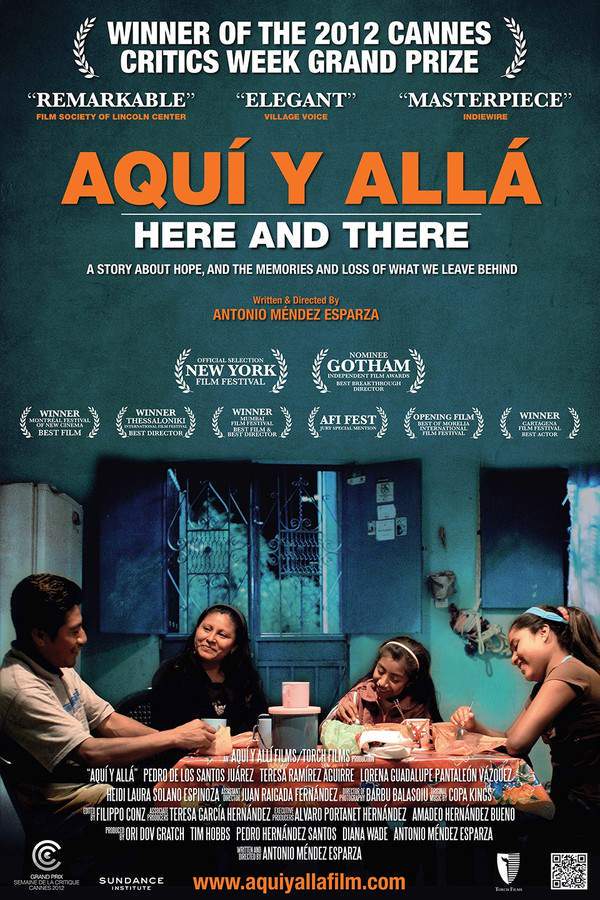
Driven by a desire to reconnect with his heritage and uplift his family, Pedro De los Santos returns to Mexico. A worn passport serves as a tangible link to his roots as he seeks to revitalize his family’s life and pursue his musical ambitions. He hopes to find a sense of belonging and harmonize his personal dreams with the needs of those he loves.
Does Aquí y Allá (Here and There) have end credit scenes?
No!
Aquí y Allá (Here and There) does not have end credit scenes. You can leave when the credits roll.
Meet the Full Cast and Actors of Aquí y Allá (Here and There)
Explore the complete cast of Aquí y Allá (Here and There), including both lead and supporting actors. Learn who plays each character, discover their past roles and achievements, and find out what makes this ensemble cast stand out in the world of film and television.
No actors found
External Links and Streaming Options
Discover where to watch Aquí y Allá (Here and There) online, including streaming platforms, rental options, and official sources. Compare reviews, ratings, and in-depth movie information across sites like IMDb, Wikipedia, Rotten Tomatoes or Metacritic.
Ratings and Reviews for Aquí y Allá (Here and There)
See how Aquí y Allá (Here and There) is rated across major platforms like IMDb, Metacritic, and TMDb. Compare audience scores and critic reviews to understand where Aquí y Allá (Here and There) stands among top-rated movies in its genre.

67
Metascore
tbd
User Score


63%
TOMATOMETER

46%
User Score

6.0 /10
IMDb Rating

1.5
From 367 fan ratings
Take the Ultimate Aquí y Allá (Here and There) Movie Quiz
Challenge your knowledge of Aquí y Allá (Here and There) with this fun and interactive movie quiz. Test yourself on key plot points, iconic characters, hidden details, and memorable moments to see how well you really know the film.
Aquí y Allá Quiz: Test your knowledge on the themes, characters, and events of 'Aquí y Allá' (Here and There).
What city did Pedro work in before returning to Copanatoyac?
Los Angeles
Chicago
New York
Miami
Show hint
Full Plot Summary and Ending Explained for Aquí y Allá (Here and There)
Read the complete plot summary of Aquí y Allá (Here and There), including all major events, twists, and the full ending explained in detail. Explore key characters, themes, hidden meanings, and everything you need to understand the story from beginning to end.
Pedro makes his way back to the charming village of Copanatoyac, located in the scenic Sierra mountains of Guerrero, Mexico, which holds deep significance as the “(Aquí) or Here” of the title. After spending several years in New York working tirelessly to support his family, he finds himself confronting the reality of fatherhood as his daughters transition into adolescence. The younger daughter, Heidi, is eager to rekindle their bond, while the older one, Lorena, proves to be more emotionally distant than Pedro had anticipated. His wife, Teresa, continues to radiate her familiar warmth with her lovely smile, yet she harbors suspicions about his time away, sensing he may have had a romantic involvement during his stay in the US. This creates a tension that lingers in their intimate moments.
Pedro has diligently saved his earnings from extended periods of labor in the US and dreams of improving their lives together without the necessity of leaving them behind again. In pursuit of his own version of the American Dream, he plans to launch a local band named the Copa Kings. Through music, Pedro hopes to bridge the gap between himself and Lorena, whose teenage resentment seems to soften in the presence of melodies.
As the villagers anticipate a fruitful harvest this year, they are also aware of the ever-present uncertainties that surround their lives. Work is available in the nearby city of Tlapa, about an hour away; however, many locals often think of relatives or opportunities that lie beyond the border. While tending to the cornfields, Pedro encounters Leo, a spirited teenager filled with dreams of emigrating to the United States. Pedro takes Leo under his wing, mentoring him as he navigates his budding affections for Karla, a smart girl who shares his love for dancing, although in a different style. Their youthful romance serves as a nostalgic reminder of Pedro and Teresa’s love story from years past.
Pedro is continually reminded of the haunting presence of the US—referred to as “(Allá) or There”—in the lives of his friends and family. He finds himself consoling a grieving mother, mourning the loss of her son, who died unexpectedly “over there.” A touching moment arises when he meets a new nephew, being raised by relatives after his parents emigrated, reinforcing that yearning for connection across borders.
When Teresa discovers she is expecting their third child, complications arise, forcing Pedro to navigate financial challenges related to medical care. Amidst these trials, moments of joy emerge as he performs in local concerts with the Copa Kings. As he sings the poignant lyrics of his song, “Quiero Brindar”—> “I wanna drink to all I’ve got and to all I’ve accomplished”—Pedro grapples with the harsh reality of sustaining a living as a band leader and musician. Work for the locals remains tied to the success of their crops, while construction jobs are influenced by unpredictable economic factors. Ultimately, Pedro faces the heartbreaking truth that to provide for their families, many must make the difficult choice to leave their loved ones behind.
Uncover the Details: Timeline, Characters, Themes, and Beyond!

Coming soon on iOS and Android
The Plot Explained Mobile App
From blockbusters to hidden gems — dive into movie stories anytime, anywhere. Save your favorites, discover plots faster, and never miss a twist again.
Sign up to be the first to know when we launch. Your email stays private — always.
Discover Film Music Concerts Near You – Live Orchestras Performing Iconic Movie Soundtracks
Immerse yourself in the magic of cinema with live orchestral performances of your favorite film scores. From sweeping Hollywood blockbusters and animated classics to epic fantasy soundtracks, our curated listings connect you to upcoming film music events worldwide.
Explore concert film screenings paired with full orchestra concerts, read detailed event information, and secure your tickets for unforgettable evenings celebrating legendary composers like John Williams, Hans Zimmer, and more.


Aquí y Allá (Here and There) Themes and Keywords
Discover the central themes, ideas, and keywords that define the movie’s story, tone, and message. Analyze the film’s deeper meanings, genre influences, and recurring concepts.

Unlock the World of Movies with Our Comprehensive Wiki
Dive into our Movie Wiki for in-depth film encyclopedia entries, including cast biographies, production trivia, plot synopses, behind-the-scenes facts, and thematic analyses. Whether you’re researching iconic directors, exploring genre histories, or discovering hidden easter eggs, our expertly curated movie database has everything you need to fuel your cinematic passion.

Similar Movies To Aquí y Allá (Here and There) You Should Know About
Browse a curated list of movies similar in genre, tone, characters, or story structure. Discover new titles like the one you're watching, perfect for fans of related plots, vibes, or cinematic styles.
Quick Links: Summary, Cast, Ratings, More

What's After the Movie?
Not sure whether to stay after the credits? Find out!
Explore Our Movie Platform
New Movie Releases (2025)
Famous Movie Actors
Top Film Production Studios
Movie Plot Summaries & Endings
Major Movie Awards & Winners
Best Concert Films & Music Documentaries
Movie Collections and Curated Lists
© 2025 What's After the Movie. All rights reserved.










